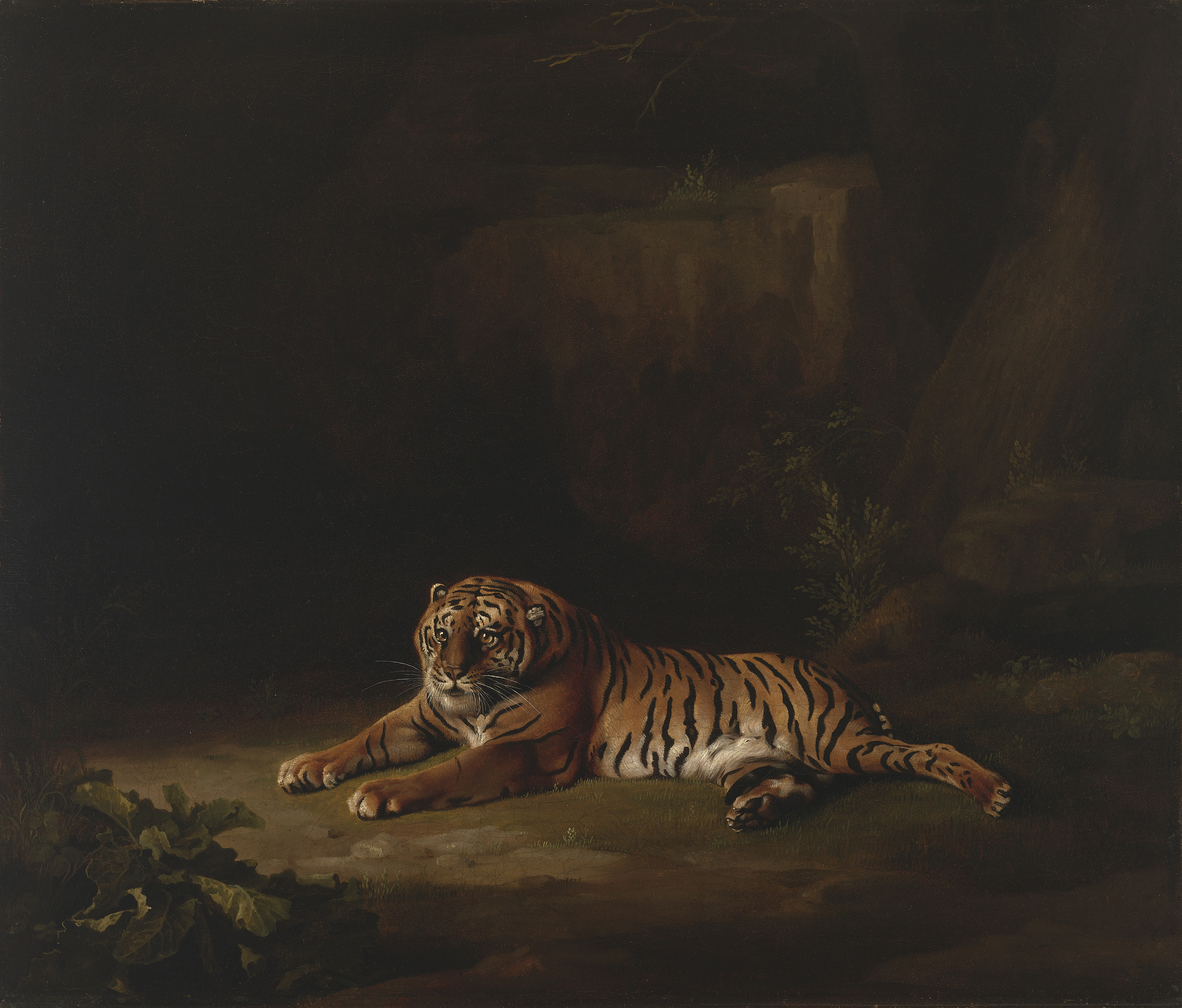October 11, 2010 — The University of Virginia Art Museum exhibit "From Classic to Romantic: British Art in the Age of Transition," which opens Oct. 29 and runs through Jan. 30, chronicles changes in British art during some of its most intensively productive periods. The exhibit draws upon the rich holdings of the museum and the Special Collections Library as well as generous loans from the Virginia Museum of Fine Arts.
According to Bruce Boucher, director of the U.Va. Art Museum and co-curator of the exhibition, "This period marked a tumultuous age in the development of the modern world, witnessing both the French and Industrial revolutions, which shook existing perceptions of tradition and order."
Groundbreaking developments in politics, science and psychology opened up new vistas for the future, but also changed attitudes toward the countryside and its inhabitants as well as their rapidly vanishing way of life. It was in the last part of the 18th century and the first part of the 19th that a division into two cultures – science and the arts – began to be the general rule, with science taking over the former realm of "natural philosophy."
This exhibition offers evidence that the split was not quite definitive. As the poet and artist William Blake, whose work is featured in the exhibit, wrote, "Without contraries is no progression. Attraction and repulsion, reason and energy, love and hate are necessary to human existence."
Romanticism did not eclipse Classicism, but it ushered in a stylistic pluralism that reduced Classicism to one style among many, Boucher said. Along with Blake, the exhibition features work by John Flaxman and Benjamin West that express the broad range of aesthetic responses to this tumultuous age. Also in the show are the opulently painted "Le Tigre" by George Stubbs and the striking cloud sketch by J.M.W. Turner.
Public programs for the exhibition include an Oct. 30 tour led by Douglas Fordham, assistant professor of art history in U.Va.'s College and Graduate School of Arts & Sciences, who specializes in European art of the long 18th century (roughly 1680 to 1830) with an emphasis on British visual culture.
Admission to the U.Va. Art Museum is free. Public hours are noon to 5 p.m. Tuesdays through Sundays. For information, visit www.virginia.edu/artmuseum.
According to Bruce Boucher, director of the U.Va. Art Museum and co-curator of the exhibition, "This period marked a tumultuous age in the development of the modern world, witnessing both the French and Industrial revolutions, which shook existing perceptions of tradition and order."
Groundbreaking developments in politics, science and psychology opened up new vistas for the future, but also changed attitudes toward the countryside and its inhabitants as well as their rapidly vanishing way of life. It was in the last part of the 18th century and the first part of the 19th that a division into two cultures – science and the arts – began to be the general rule, with science taking over the former realm of "natural philosophy."
This exhibition offers evidence that the split was not quite definitive. As the poet and artist William Blake, whose work is featured in the exhibit, wrote, "Without contraries is no progression. Attraction and repulsion, reason and energy, love and hate are necessary to human existence."
Romanticism did not eclipse Classicism, but it ushered in a stylistic pluralism that reduced Classicism to one style among many, Boucher said. Along with Blake, the exhibition features work by John Flaxman and Benjamin West that express the broad range of aesthetic responses to this tumultuous age. Also in the show are the opulently painted "Le Tigre" by George Stubbs and the striking cloud sketch by J.M.W. Turner.
Public programs for the exhibition include an Oct. 30 tour led by Douglas Fordham, assistant professor of art history in U.Va.'s College and Graduate School of Arts & Sciences, who specializes in European art of the long 18th century (roughly 1680 to 1830) with an emphasis on British visual culture.
Admission to the U.Va. Art Museum is free. Public hours are noon to 5 p.m. Tuesdays through Sundays. For information, visit www.virginia.edu/artmuseum.
— By Jane Ford
Media Contact
Article Information
October 12, 2010
/content/uva-art-museum-features-classic-romantic-british-art-age-transition

